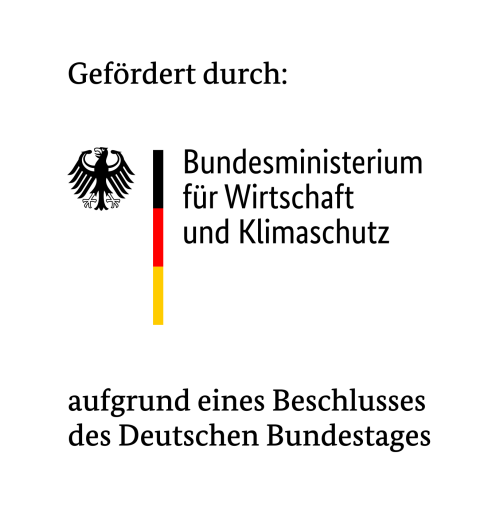
The project "Sector transformation in the Energy system: Analysis and Modelling of possible hydrogen strategies" (StEAM) aims at investigating future global hydrogen production and transport systems under different scenarios.
The project addresses the main questions: Where can we produce which quantities of hydrogen at which prices? Where is it needed and how and in which form does it get there? To answer these questions an energy system model is developed that includes investment and dispatch decisions and covers the sectors electricity and hydrogen including sector coupling technologies, pipeline transport and multi-commodity shipping. Furthermore, the model includes additional features and methods to enable more advanced investigations and better insights into the system dynamics of a possible hydrogen economy. The scenarios take into account different CO2 budgets, electricity and hydrogen demands, as well as technological progress. The results show global capacity expansion for electrolyzer and electricity production technologies, as well as hydrogen production volumes and transport flows. It can be seen, that the majority of hydrogen production is more localized and shows hydrogen flows mostly from neighboring regions to one another via pipelines. In long-term and high demand scenarios shipping transpor in the form of ammonia occur more often. The long-term hydrogen production costs my lie at around 92-116 €/MWh (2.75 - 3.5€/t) in Germany, with a high import share and depending on the dynamics of capacity expansion. Policy implications for Germany include rapid scale-up of renewable and electrolyzer capacities to enabel long-term lower marginal costs and therefore improved competitiveness of the domestic market. Additionally, securing sufficient hydrogen supply from partner countries considering strategic independence with a focus on European countries and neighboring regions is crucial to meet future demands in Germany.
Term of: 2022 – 2025
Contact Persons:
Prof. V. Bertsch
M. Sc. O. Linsel
M. Sc. K. Telaar
Link to the presentation slides of the final project workshop
Links to the projectpublications:
Linsel, O & Bertsch, V. (2024) A flexible approach to GIS based modelling of a global hydrogen transport system. International Journal of Hydrogen Energy
Linsel, O., Herpich, P., Löffler, K., Bertsch, V. (2025) Quantifying Renewable Capacity Expansion Limitations in Energy System Modelling and Their Impact on Future Hydrogen Production. IEEE, EEM25
Links to the GitHub Repositories of the main model and individual case studies:
Sector transformation and Energy System Analysis Model (StEAM)
Dataset for the StEAM energy system optimization model
A flexible approach to GIS based modelling of a global hydrogen transport system